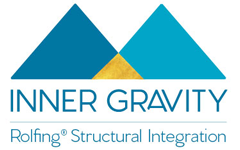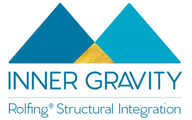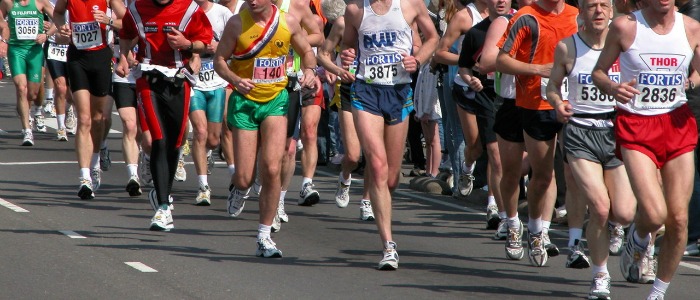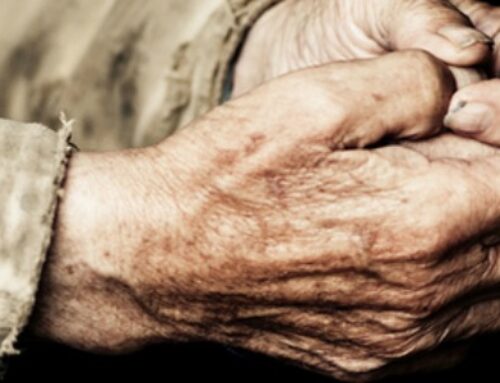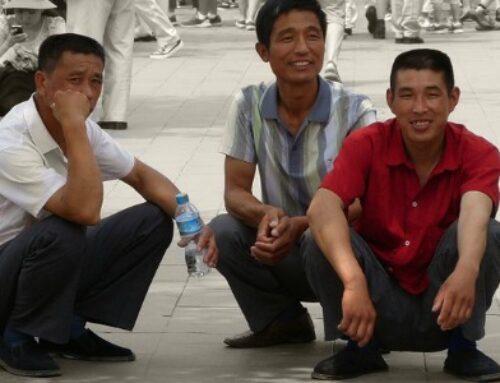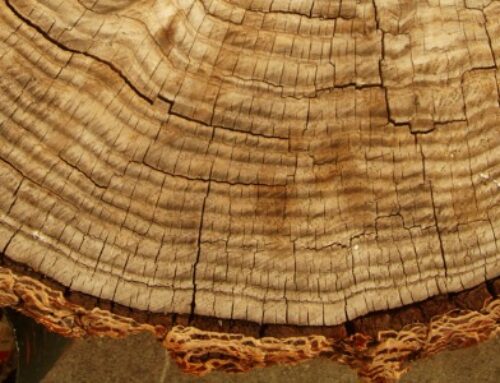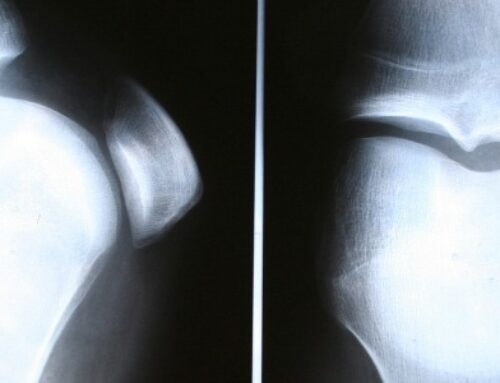Do you experience pain when you go up or down stairs, after sitting for a while, or after running? Do you feel like something needs to stretch in your knee, or there is a clicking sound when you stand up? Then you might have runner’s knee. It is really a misnomer, because a lot of people get it who absolutely never run. The official name (one of them) is patellofemoral pain syndrome (PFPS), but that’s a mouthful.
The patella is the knee cap, the little bone on top of your knee. In movement it is supposed to go up and down in the groove of the femur (the thigh bone). But sometimes it doesn’t track well in the groove and the back of the patella starts grinding against the front or the sides of the femur.
That’s where the pain comes from.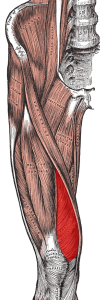
The patella is held in place by various tendons and ligaments. So what often happens is that vastus lateralis (the lateral or outside quad muscle) is stronger than the medial or inside quad muscle, vastus medialis. It’s a pretty common scenario. If all you do is run, you’re only training the same muscles over and over again, in the same movement (vastus lateralis being one of them). The imbalance between the 2 muscles creates tension and the lateral quad pulls the patella out of alignment.
The good news is that it is pretty easy to treat. Some will send you for hours of physical therapy and if you do not have any kind of physical activity it might be good for you. But if you are a little active then cross training is probably all you need to do, running, biking, swimming, using the different muscles at different times will rebalance your quads.
That being said, another aspect of runner’s knee is the combination of your gait (the way you walk) and your foot shape. It seems to affect more people who pronate (roll inward a lot in the push off phase of walking), people with flat feet or long arches. In this case, most MDs would tell you to get orthotics. I don’t like jumping on orthotics.
For some, they are necessary, for most, they are just crutches.
If you were given orthotics because you have weak arches, then it’s only going to make them weaker because the orthotics are doing all the work and your arches never get a chance to strengthen. So when you try to get rid of them, you feel worse, because the muscles in your feet have learned to rely on their crutches.
In Rolfing® we work a lot with the feet, making sure that the fascia is supple, resilient and that the bones in your feet can move independently and in harmony with their neighbors. We make sure all the elements are in place to give a chance to your arches to get stronger before we declare them useless.
For somebody with runner’s knee we would definitely make sure the cuboid, navicular and the cuneiform bones (all bones forming the top of the arch) can glide and move up and down as they’re supposed to and really form an elastic arch. Then we would talk about your gait and you might learn a thing or two about walking (you thought you mastered that when you were 15 months old, didn’t you?).
But of course because we’re Rolfers™ we would look at your entire body.
So why is your foot pronating too much? How is your knee tracking (obviously not right since you have PFPS)? And what’s happening at your hip? Why is vastus lateralis so tight? Is it really because you’re running too much, or is your pelvis out of alignment? Oh and you remember that old shoulder injury? Well, maybe that’s why your knee hurts? Who knows?
Well, I want to know, so please if you have that kind of knee pain, don’t jump on orthotics, come to my North Portland office and let me take a look.
